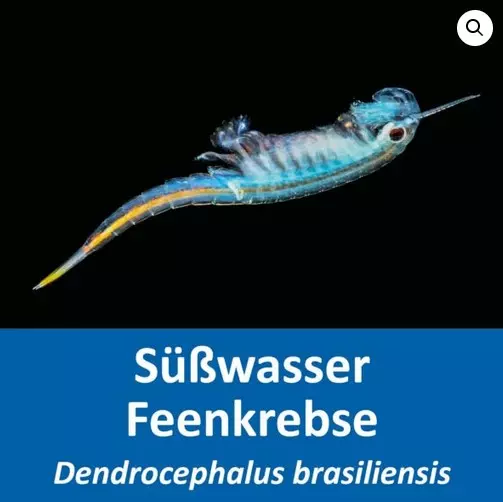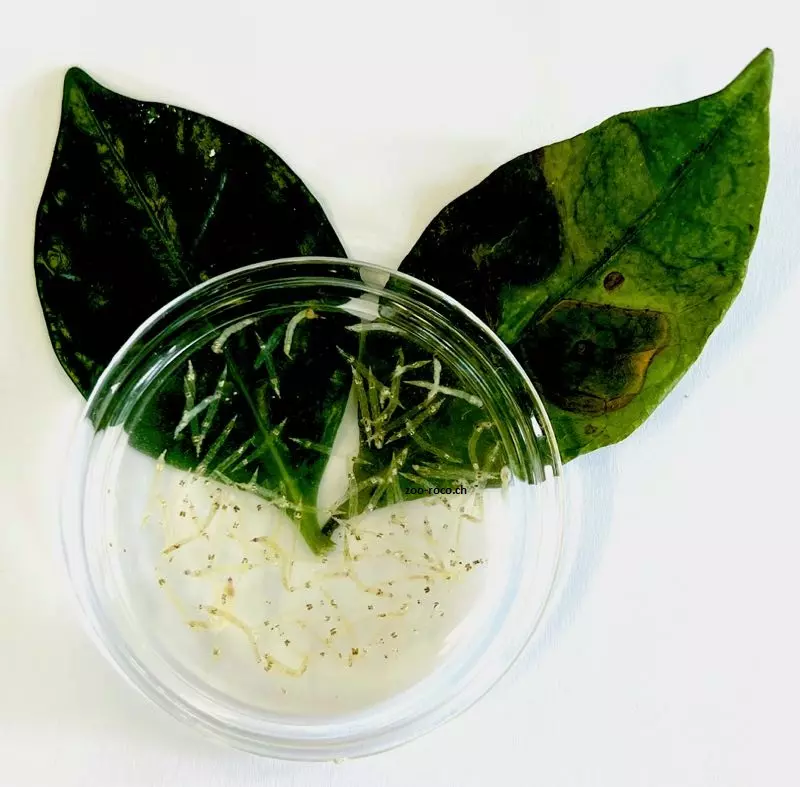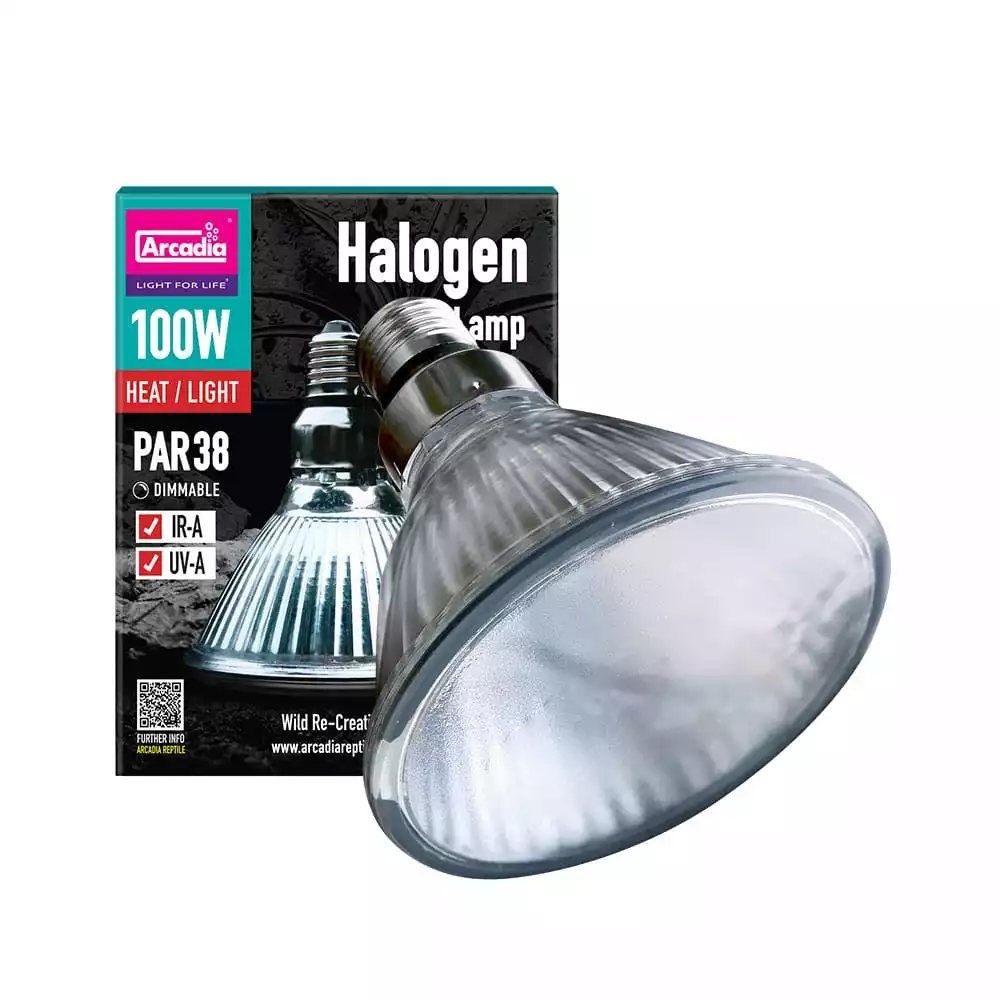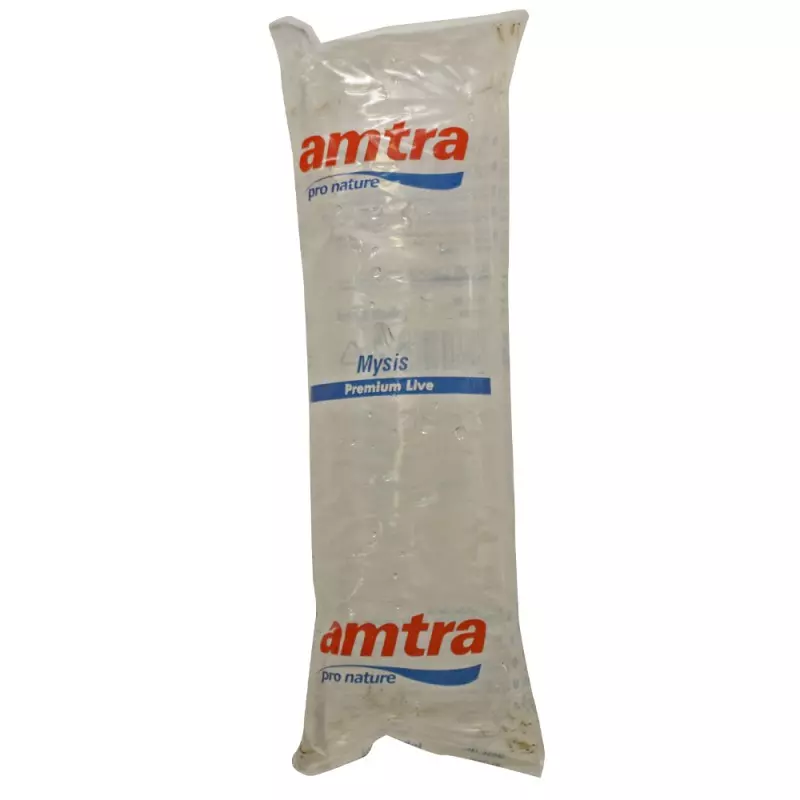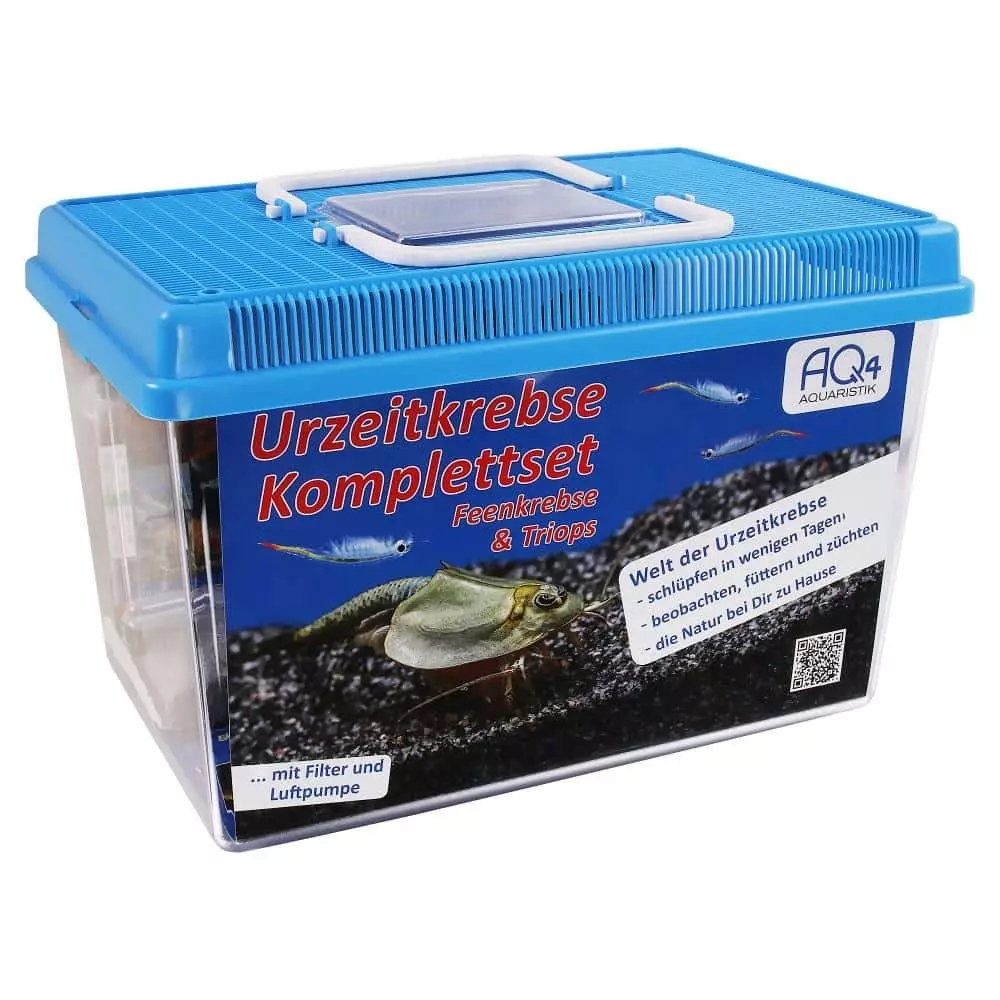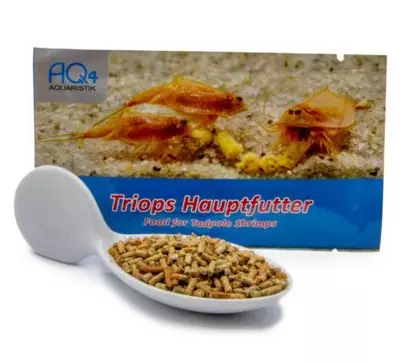

CHF 3.90
Stock: 20
Available, delivery time: 1-3 days

Staple food for Triops - with instructions
Staple food for Triops are high-quality, firm sticks that perfectly combine vegetable and animal ingredients.
- Approx. 2 mm thick food sticks for all turtles (Triops, Lepidurus) from about 2 weeks of age.
- Sinks quickly to the bottom and can be grasped very well by the Triops
- Many natural ingredients without artificial additives
- Promotes growth, vitality and health
Feeding recommendation:
Larger Triops like to grab their food and are constantly on the lookout for something to eat. Therefore, feed several times a day as many sticks as will be eaten by the next feeding. Please do not overfeed, i.e. only enough so that nothing is left over!
Quantity: 10 g
Composition: Cereals, vegetables, molluscs and crustaceans, algae, oils and fats.
Instructions: Included are the comprehensive instructions for keeping and breeding primeval crayfish. (Note: If the food is purchased together with primeval crabs, no further instructions are normally included).
1 of 1 reviews
5 out of 5 stars
Login
27 October 2023 09:48
Alles super.
Alles super!
Zubehör
Customers also bought
Similar products
Customers also viewed




